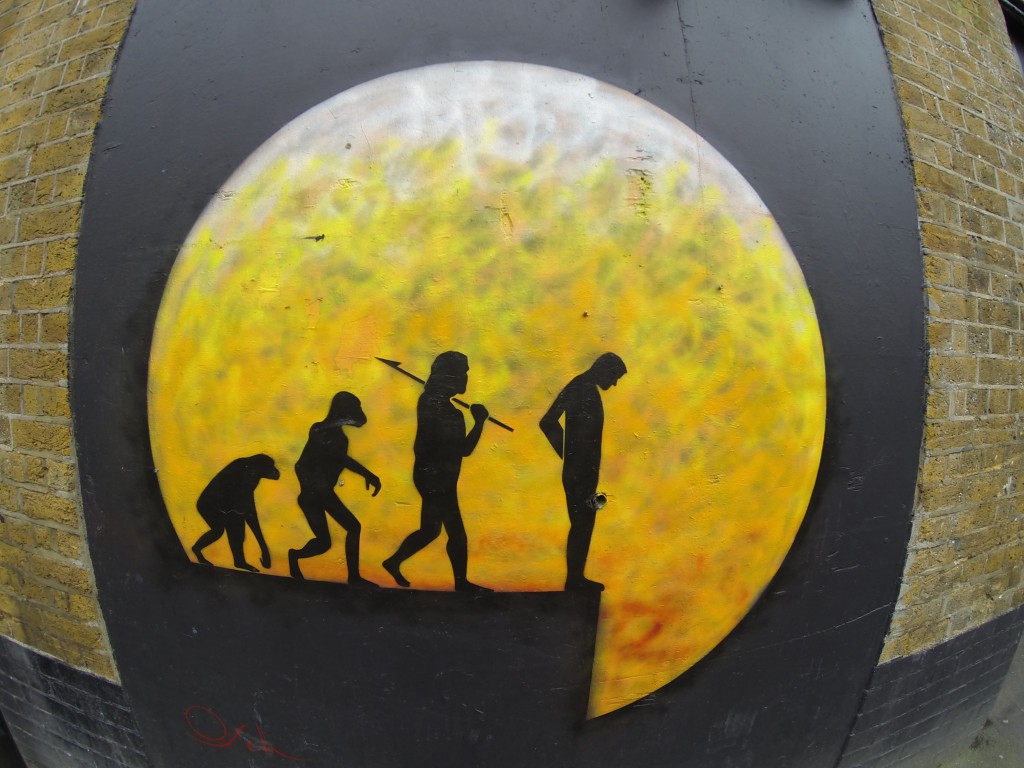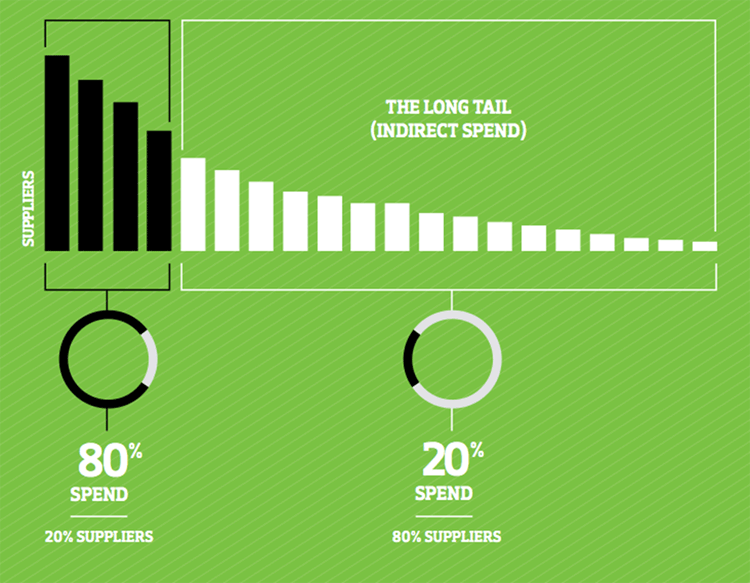All done, fineto! Essay is here if anyone is keen on a squiz.
Monthly Archives: October 2014
Blog-ception
Computer Logic = Protocols
This week’s reading introduced us to the idea of protocols – a management style used by computers to complete certain tasks, as well as importantly, define and trigger particular tasks. I find it easier to use the term – computer logic. Suggesting a logical functionality, computer logic is the method of creating equations within a computer system to make connections between certain actions and particular functions, along with a possible succession of functions following, to manage all the information within a system or network. Once thinking of the notion as computer logic is clarified it to me, however this quote also does a pretty good job of simplifying the term.
“To help understand the concept of computer protocols,consider the analogy oft he highway system. Many different combinations of roads are available to a person driving from point A to point B. However, en route one is compelled to stop at red lights, stay between the white lines, follow a reasonably direct path, and so on. These conventional rules that govern the set of possible behavior patterns within a heterogeneous system are what computer scientists call protocol. Thus, protocol is a technique for achieving voluntary regulation within a contingent environment.”
Do you want to be the garbo or the inventor of automatic garbage collection?
During this week’s symposium, the masters of Network media explained the food chain that exists within the media industry. The graphic designer, the cinematographer, the website designer, etc are all at the bottom of the food chain because their ability to contribute to the industry is reliant purely on practical skills. This means these people get called last to complete pre-decided tasks. generating little income. As an alternative, it was suggested that we strive to become the media professional consultant type figure, who’s contributions to the industry uses their educated understanding of the media industry and its functions, in combination with an ability to foresee/invent new media to change the industry. These people get called first and earn the big bucks. To be this person, one must study communication and the structure of the media industry and all its networks, that is why we’re here, at RMIT. Guess that gives me more hope for my future as a potential media professional.
Watchu Saying?
Brady uses his media blog to create a back-link for his Dad’s company. This is just the beginning of a procedure to increase the company website’s rank in Google, something I’ve continued by also creating a back-link.
Evan reviews the idea of remote control cameras becoming the norm. I believe this is definitely going to occur in the near future and seeing that you can currently purchase a quad helicopter ($600) for a GoPro ($600) so cheaply, this really excites me for the future of amateur film-making and video production.
Kenton is inquisitive of the limitations for the term ‘database’, questioning whether a supermarket or a zoo can be considered a database. I would assume both are considering they organise information (products and animals) whilst enabling storage and search-ability. Kenton’s inquisition doesn’t stop there, read his post to have a laugh about the recurring list of controversial questions that result from his discussion of databases.
What’s Next?
If technology determines everything, what’s next? This artist suggest a gruesome cycle, however it is pretty great street art as well.
Photograph by Nethaniel Rochester
Database v Narrative
Lev Manovich’s database logic demonstrates the historical and contemporary uses of the term ‘database’, as a structured collection of data. The organisation of data within a database is complex and varies depending on the medium. Whether in reference to object related collections, networks, hierarchies or information based content, the organisation of such material is based on algorithms tailored to the particular medium. Manovich’s article opened my eyes to the possibilities of the term ‘database’. Unrestricted by the overpowering pre-conceived understanding of the term as a technological storage of data, one will realise the evidence of the term as symbolic of story construction. In contrast to the term ‘narrative’, ‘database’ serves as a list of un-ordered items, whereas a narrative forms cause-effect relationships between unrelated items. This pins the term ‘database’ against ‘narrative’ in the battle for the creation of meaning in new media. Given the affordances of web 2.0 and hypertext enabling a continuous flow of unordered information, it is interesting that, as Manovich suggests “What is more surprising is why the other end of the spectrum – narratives – still exist within new media”. Why is narrative such a broadly excepted word, when a database if more relevant to the contemporary world.
Hey Ma! The Rains Are Coming!
During this week’s symposium Adrian shed light upon the benefits of the ‘long tail’ business model, showing how it preserves aged media such as old films, etc. However he also claims that we are still in a transitional point in time, meaning something new will emerge within the foreseeable future to create a drastic change in the way we interact with media. Blogging.com is an example of a new medium that emerged purely from practice of web 2.0 and has since completely altered the norms of human communication and ‘social networking’ (prominently in regards to online communication). Adrian hypothesises that something will change in regards to online privacy, that it will be obvious and unsurprising. This makes me think of the way Facebook treats its users as commodities by data mining information that is distributed through the site, in order to sell information to advertising clients. This, in combination with the recent exposure to the insecurity of privacy using iCloud makes me think that online privacy is fast becoming vague and potentially obsolete. Maybe the anticipated change might occur within the collation of all online content and information? An app/program that collects and distributes personal information about people to various recipients, for tasks such as job applications, dating, etc – an automated service? Sounds ridiculous? Well take into consideration the many insecure features of Facebook and other networked media when you consider whether privacy is important?
Watchu Saying?
Jane relives her high school days of playing the ‘Wikipedia game’ – a game where you use the hyperlinks on Wikipedia to navigate between two different Wikipedia pages regarding two completely separate subjects. This demonstrates the continuous linkages between elements of web 2.0 and the unique affordances of hypertext.
Amy discusses the relationship between online databases and the web of networked media. She shows that new media objects do not tell stories due to their lack of a beginning, middle and end. However is it possibly more that network media changes the way stories are structured and the endless linkages between the narrative elements of network media enable a continuous flow of stories?
Evan refers to Matt Kulesza‘s efforts to interact with all 1,000 of his Facebook friends in reality, in order to remove the definite distinction between human interaction online and in ‘the real world’. It is interesting to evaluate your own online friendship network in comparison to the people you surround yourself with in person, to identify the amount of unnecessary content evident in a medium that contemporary socialising surrounds itself with.
The 80/20 Rule
Pareto’s 80/20 rule, hypothesises that 80 percent of revenue or reward in general, is produced by 20 percent of the given instigators. For example, 80 percent of company profits are produced by 20 percent of the employees. Seemingly relevant to many aspects of reality, the 80/20 rule defines a structure that conceptualises the input to return ratio of any media. The 80/20 rule can be associated with the ‘long tail’ theory when referring specifically to online media. The long tail theory suggests that due to the cost reducing affordances of web 2.0 regarding storage and the nature of the contemporary online spectrum, a product will be more profitable by being popular among the minority (the 20%) for a long stretch of time (theoretically infinite) rather than being popular among the majority (80%) for a finite period of time.
© Barb Lauer
This demonstrates a shift in the way audiences are imagined, highlighting the importance of creating new media with recurring possibilities.


